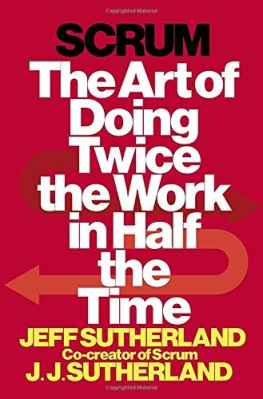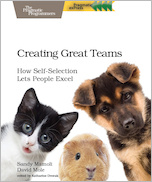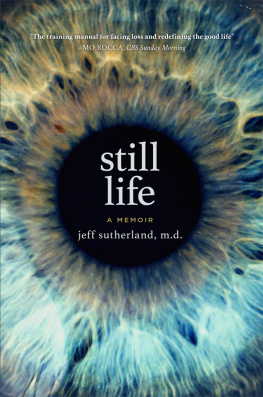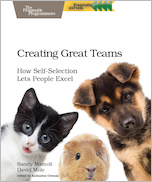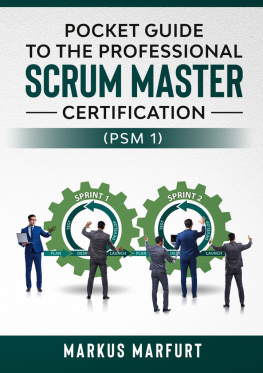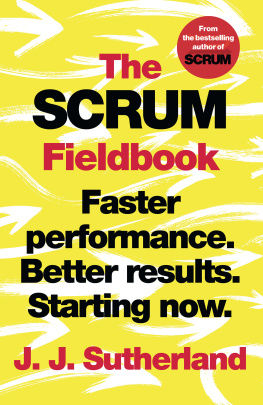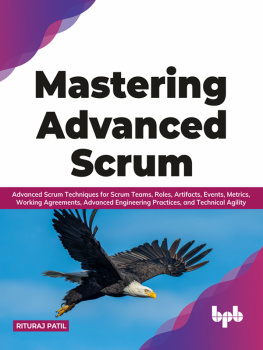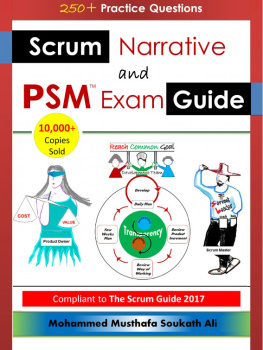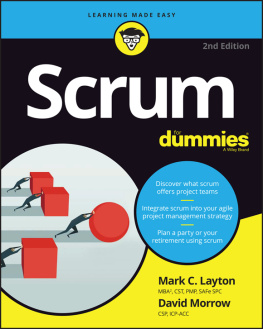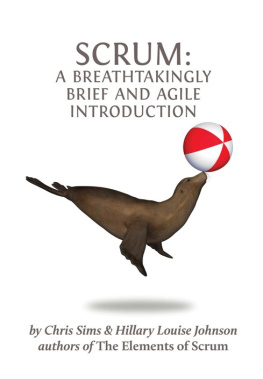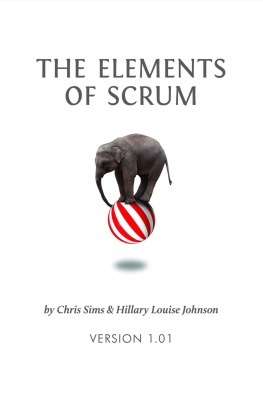Jeff Sutherland - Scrum
Here you can read online Jeff Sutherland - Scrum full text of the book (entire story) in english for free. Download pdf and epub, get meaning, cover and reviews about this ebook. year: 2014, publisher: Crown Publishing Group, genre: Politics. Description of the work, (preface) as well as reviews are available. Best literature library LitArk.com created for fans of good reading and offers a wide selection of genres:
Romance novel
Science fiction
Adventure
Detective
Science
History
Home and family
Prose
Art
Politics
Computer
Non-fiction
Religion
Business
Children
Humor
Choose a favorite category and find really read worthwhile books. Enjoy immersion in the world of imagination, feel the emotions of the characters or learn something new for yourself, make an fascinating discovery.

- Book:Scrum
- Author:
- Publisher:Crown Publishing Group
- Genre:
- Year:2014
- Rating:5 / 5
- Favourites:Add to favourites
- Your mark:
- 100
- 1
- 2
- 3
- 4
- 5
Scrum: summary, description and annotation
We offer to read an annotation, description, summary or preface (depends on what the author of the book "Scrum" wrote himself). If you haven't found the necessary information about the book — write in the comments, we will try to find it.
Scrum — read online for free the complete book (whole text) full work
Below is the text of the book, divided by pages. System saving the place of the last page read, allows you to conveniently read the book "Scrum" online for free, without having to search again every time where you left off. Put a bookmark, and you can go to the page where you finished reading at any time.
Font size:
Interval:
Bookmark:
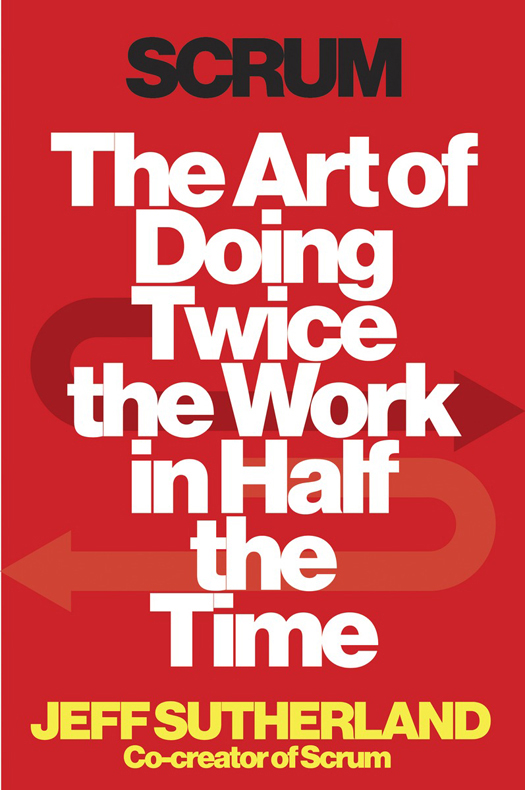
This extraordinary book shows a new way to simplify your life and work, increase your focus, and get more done in less time than you ever thought possible.
Brian Tracy, bestselling author of Eat That Frog! and Time Power
Groundbreaking Will upend peoples assumptions about how productive they can actually be . Jeff Sutherland discloses to the non-tech world the elegantly simple process that programmers and web developers have been using since he invented Scrum, showing how a small, empowered, and dedicated team can deliver significantly higher quality work at a faster pace through introspection, iteration, and adaptation.
Michael Mangi, senior VP of interactive technology, Social@Ogilvy
Jeff Sutherland has written the essence of Scrum for the masses. This book elevates Scrum from a fix-it tool to a way of life.
Hirotaka Takeuchi, professor of management practice, Harvard Business School
Jeff Sutherland is the master of creating high-performing teams. The subtitle of this book understates Scrums impact. If you dont get three times the results in one-third the time, you arent doing it right!
Scott Maxwell, founder and senior managing director, OpenView Venture Partners
Jeff Sutherland used the common-sense but seldom-applied principles of the quality movement, user-centered design, and lean development to come up with a process that dramatically increases productivity while reducing employees frustrations with the typical corporate nonsense. This book is the best description Ive seen of how this process can work across many industries.
Jeffrey Pfeffer, professor, Stanford Business School and co-author of The Knowing-Doing Gap
Sutherlands secret to surmounting professional and personal obstacles is approaching tasks with deliberate attention and a resilient mindset. This book will change the way you do everything . Even better, it will help you feel good in the process. Just read it, and get more done.
Arnold V. Strong, CEO of BrightNeighbor.com, and colonel, US Army Reserve
This deceptively simple system is the most powerful way Ive seen to improve the effectiveness of any team.
Leo Babauta, creator of Zen Habits
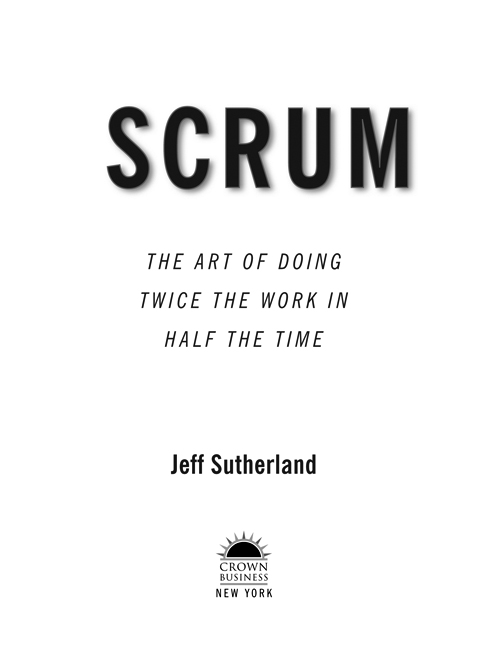
Copyright 2014 by Jeff Sutherland and Scrum, Inc.
All rights reserved.
Published in the United States by Crown Business, an imprint of the Crown Publishing Group, a division of Random House LLC, a Penguin Random House Company, New York.
www.crownpublishing.com
CROWN BUSINESS is a trademark, and CROWN and the Rising Sun colophon are registered trademarks of Random House LLC.
Crown Business books are available at special discounts for bulk purchases for sales promotions or corporate use. Special editions, including personalized covers, excerpts of existing books, or books with corporate logos, can be created in large quantities for special needs. For more information, contact Premium Sales at (212) 5722232 or e-mail .
ISBN 978-0-385-34645-0
eBook ISBN 978-0-385-34646-7
Jacket design by Justin Thomas Kay
Photograph on Willy Wijnands
First Edition
v3.1
Why Scrum?
I first created Scrum, with Ken Schwaber, twenty years ago, as a faster, more reliable, more effective way to create software in the tech industry. Up to that pointand even as late as 2005most software development projects were created using the Waterfall method, where a project was completed in distinct stages and moved step by step toward ultimate release to consumers or software users. The process was slow, unpredictable, and often never resulted in a product that people wanted or would pay to buy. Delays of months or even years were endemic to the process. The early step-by-step plans, laid out in comforting detail in Gantt charts, reassured management that we were in control of the development processbut almost without fail, we would fall quickly behind schedule and disastrously over budget.
To overcome those faults, in 1993 I invented a new way of doing things: Scrum. It is a radical change from the prescriptive, top-down project management methodologies of the past. Scrum, instead, is akin to evolutionary, adaptive, and self-correcting systems. Since its inception, the Scrum framework has become the way the tech industry creates new software and products. But while Scrum has become famously successful in managing software and hardware projects in Silicon Valley, it remains relatively unknown in general business practice. And that is why I wrote Scrum : to reveal and explain the Scrum management system to businesses outside the world of technology. In the book I talk about the origins of Scrum in the Toyota Production System and the OODA loop of combat aviation. I discuss how we organize projects around small teamsand why that is such an effective way to work. I explain how we prioritize projects, how we set up one-week to one-month sprints to gain momentum and hold everyone on the team accountable, how we conduct brief daily stand-ups to keep tabs on what has been done and on the challenges that have inevitably cropped up. And how Scrum incorporates the concepts of continuous improvement and minimum viable products to get immediate feedback from consumers, rather than waiting until a project is finished. As youll see in the pages that follow, weve used Scrum to build everything from affordable 100-mile-per-gallon cars to bringing the FBI database systems into the twenty-first century.
Read on. I think youll see how Scrum can help transform how your company works, creates, plans, and thinks. I firmly believe that Scrum can help to revolutionize how business works in virtually every industry, just as it has revolutionized innovation and speed to market at a dazzling array of new companies and a breathtaking range of new products emerging out of Silicon Valley and the world of technology.
Jeff Sutherland, PhD
9/11 but that had devolved into one of the biggest software debacles of all time. For more than a decade the FBI had been trying to update its computer system, and it looked as if they would fail. Again. And now it was his baby.
Hed shown up at the FBI seven months earlier, lured there by the new Chief Information Officer, Washington, D.C. It was a big office. It even had a view of the Washington Monument. Little did Jeff know hed end up in a windowless cinder-block office in the basement for much of the next two years, trying to fix something that everyone believed to be unfixable.
It was not an easy decision, Jeff says. He and his boss had decided to declare defeat and kill a program that had already taken nearly a decade and cost hundreds of millions of dollars. By that point, it made more sense to bring the project in-house and do it themselves. But it needed to be done and done well.
The project was the long-awaited computer system that would bring the FBI into the modern age. In 2010the era of Automated Case Support system. It ran on gigantic mainframe computers that had been state of the art sometime in the eighties. Many special agents didnt even use it. It was just too cumbersome and too slow in an era of terror attacks and swift-moving criminals.
When an FBI agent wanted to do something anything , reallyfrom paying an informant to pursuing a terrorist to filing a report on a bank robber, the process wasnt that different from what it had been thirty years earlier. Johnson describes it this way: You would write up a document in a word processor and print out three copies. One would be sent up the approval chain. One would be stored locally in case that one got lost. And with the third youd take a red penIm not kidding, a red penand circle the key words for input into the database. Youd index your own report.
Font size:
Interval:
Bookmark:
Similar books «Scrum»
Look at similar books to Scrum. We have selected literature similar in name and meaning in the hope of providing readers with more options to find new, interesting, not yet read works.
Discussion, reviews of the book Scrum and just readers' own opinions. Leave your comments, write what you think about the work, its meaning or the main characters. Specify what exactly you liked and what you didn't like, and why you think so.

